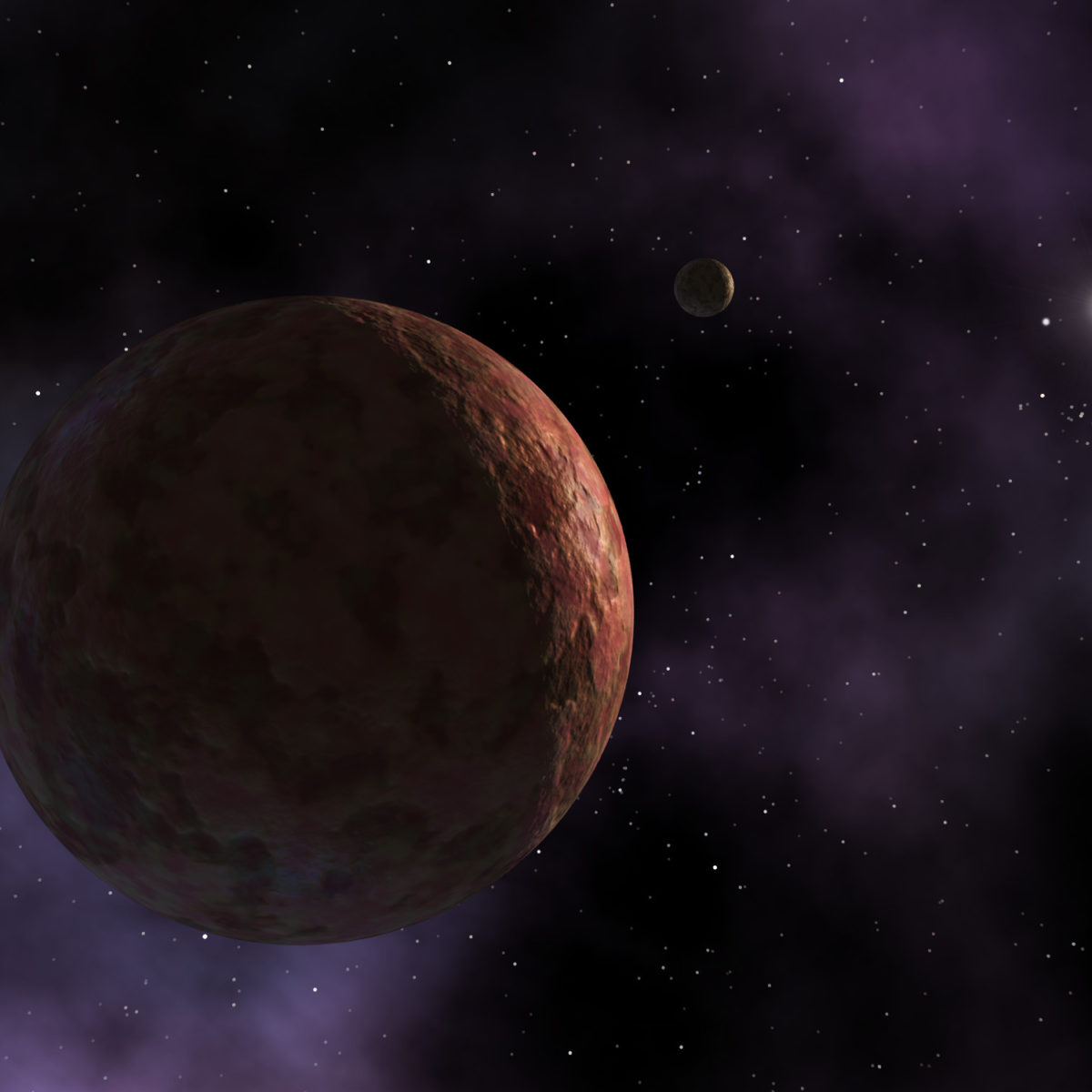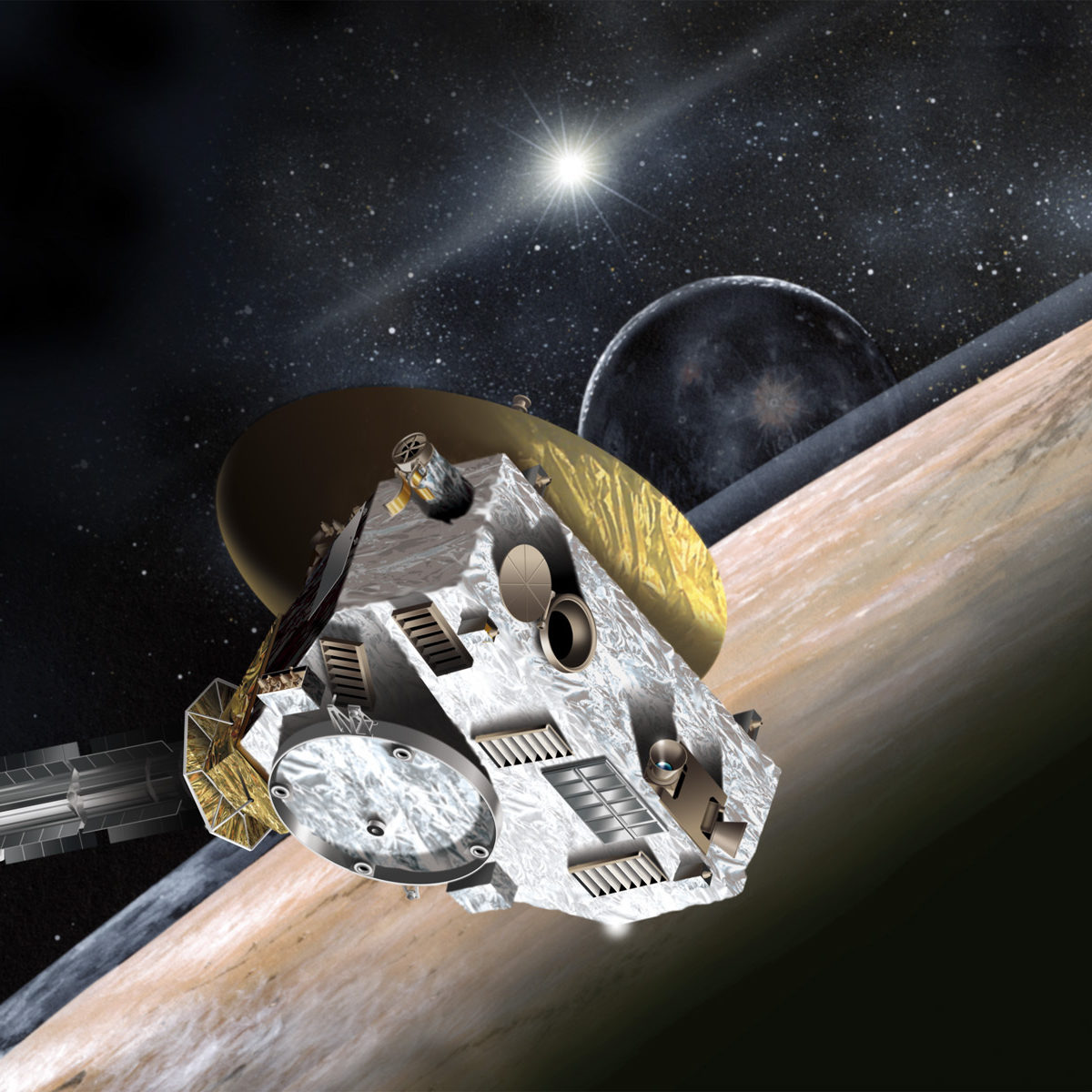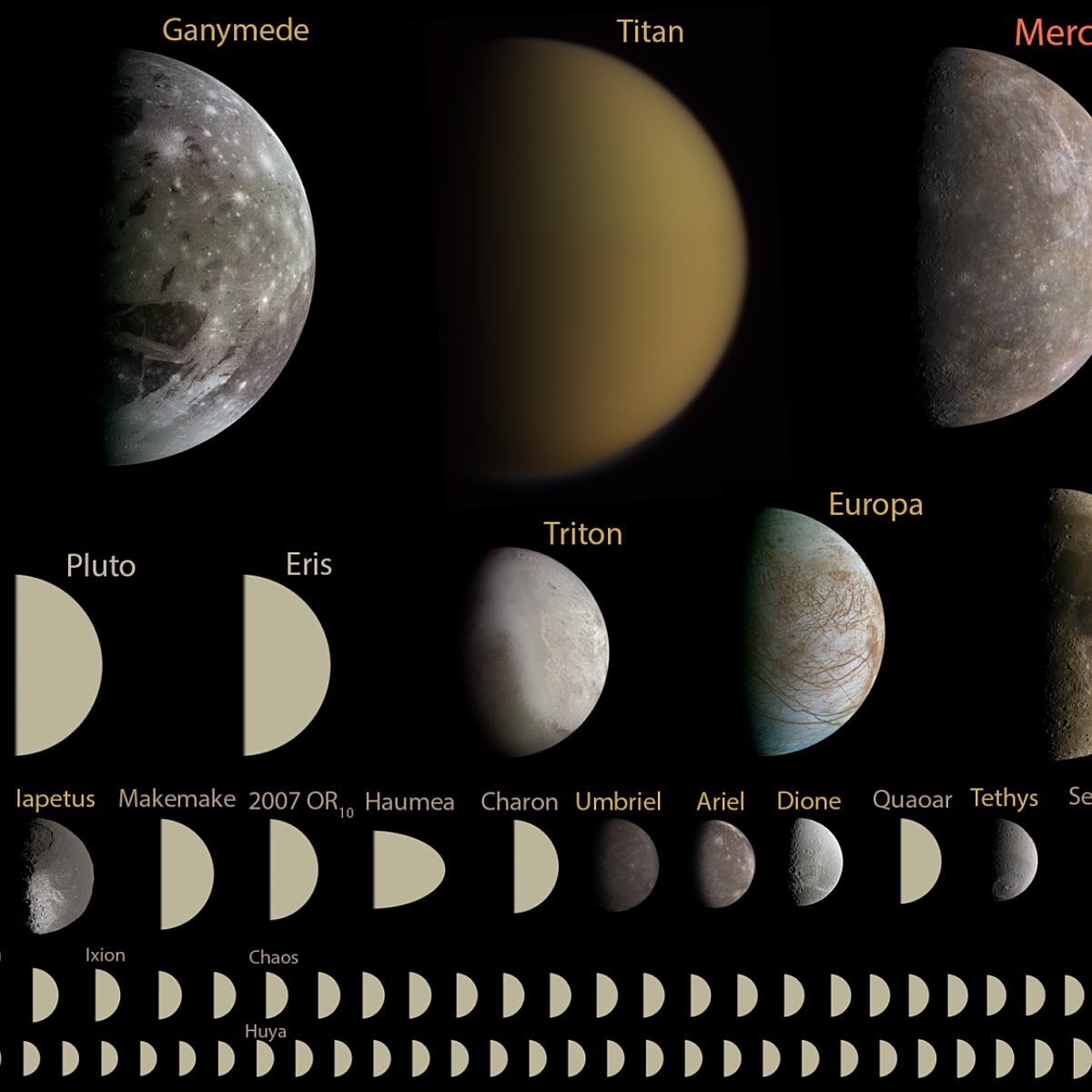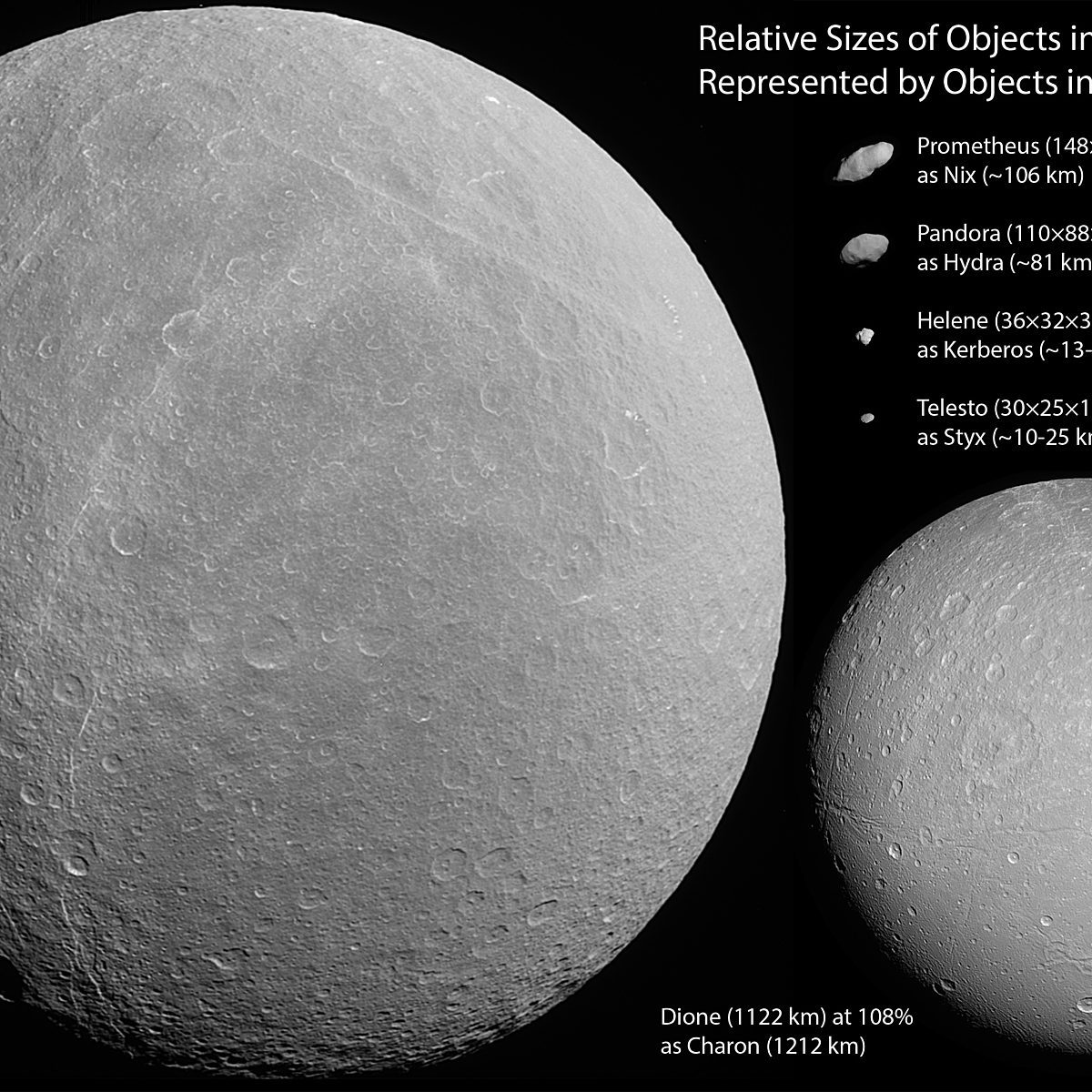All
All
Stories, updates, insights, and original analysis from The Planetary Society.
Hangout on Air: Why yesterday was a good day for Solar System Science
On Wednesday, March 26, two important discoveries in the outer solar system were announced: the discovery of the second confirmed member of the Inner Oort Cloud (2012 VP113) and the discovery of rings around the planetesimal Chariklo. In a Hangout on Air, a rag-tag group of planetary scientists and astronomers active on Twitter talked about the discoveries.
A second Sedna! What does it mean?
2012 VP113 is a new world that has been discovered on a Sedna-like orbit. What does that mean? It could imply the existence of a planet X, but doesn't prove it. It does suggest that a lot more Sednas are waiting to be discovered.
Postcards from Pluto
Amanda Zangari shares what it's like to be a scientist on New Horizons, and explains some of the day-to-day workings of the mission behind the scenes.
2015 will be the Year of the Dwarf Planet, and you need to tell people about it!
I am very excited about 2015, more so than I have been about any year since I started working at The Planetary Society. Dawn will enter orbit at Ceres, and New Horizons, which will fly past Pluto and Charon. But if we want this kind of exploration to continue, I'm challenging you, dear readers, to tell the world why such non-planetary worlds are compelling places to go exploring.
Predicting Pluto's moons and moondust
Why didn't we discover Pluto's moons until more than a decade after Hubble launched? Mark Showalter helps me answer this question.
New Horizons: Updates From the Science Team Meeting, Part 1
Ted Stryk reports on the status of the New Horizons mission from the mission's latest Science Team Meeting.
Snow balls in space
I don’t get much snow in southern California, but I do spend a lot of my time thinking about college snowball experiences and about the snowball fights that have made the objects of the outer solar system.
America's Pastime: Planetary Science
Apologies to baseball fans and others for the theme of this week's Planetary Radio preview, which has star player Emily Lakdawalla on deck.
Your Name...On Its Way to the Stars?
This week's Planetary Radio features artist Jon Lomberg inviting listeners to join the New Horizons Message Initiative.
Pluto's atmosphere does not collapse
Just four months ago I posted about a paper recently published by Leslie Young and coauthors that described three possible scenarios for Pluto's atmosphere. Yesterday, Cathy Olkin, Leslie Young, and coauthors posted a preprint on arXiv that says that only one of those scenarios can be true. And it's a surprising one. The title of their paper says it all:
New Horizons: Late in Cruise, and a Binary Ahoy
New Horizons has just completed a summer of intensive activities and entered hibernation on Aug. 20. The routine parts of the activities included thorough checkouts of all our backup systems (result: they work fine!) and of all our scientific instruments (they work fine too!).
Dwarf planet, wassup?
In which the fifth graders of Kipp Heartwood Academy argue the competing sides in the is-Pluto-a-planet debate through the medium of rap.
Pluto on the Eve of Exploration by New Horizons: Is there an ocean, or not?
Does Pluto have an ocean under its ice? If it doesn't now, did it ever have one? How will we know?
Pluto on the Eve of Exploration by New Horizons: A problem of cartography
Last Thursday at the Pluto Science Conference there was a surprising and interesting talk by Amanda Zangari, who pointed out a serious problem with Pluto cartography.
Movie SciFi With Real Science? What a Concept!
This week's Planetary Radio features the new indy film that relies on the best available science to create a thrilling and inspiring human mission to Jupiter's moon.
Terra Cognita
Pushing back the frontier, and filling in the blank spaces on the map.
Pluto on the Eve of Exploration by New Horizons: Small moons, dust, surfaces, interiors
My roundup from notes on the day's presentations on dust in the Pluto system and the surfaces and interiors of Pluto and Charon.
Remembering the Pluto Campaign: A Success Story
The New Horizons mission to Pluto survived many near-death encounters with cancellation during its development. The Planetary Society worked the whole time to ensure it would launch.
New names for Pluto's little moons Kerberos and Styx; and a new moon for Neptune
Pluto's moons, formerly known as
New Horizons: Encounter Planning Accelerates
Back in 2005 and 2006, when Pluto’s second and third moons (Nix and Hydra) were discovered, searches by astronomers for still more moons didn’t reveal any. So the accidental discovery of Pluto’s fourth moon by the Hubble Space Telescope in mid-2011 raised the possibility that the hazards in the Pluto system might be greater than previously anticipated.


 Explore Worlds
Explore Worlds Find Life
Find Life Defend Earth
Defend Earth


 Sun
Sun Mercury
Mercury Venus
Venus Earth
Earth Mars
Mars Jupiter
Jupiter Saturn
Saturn Uranus
Uranus Neptune
Neptune Small Bodies
Small Bodies










